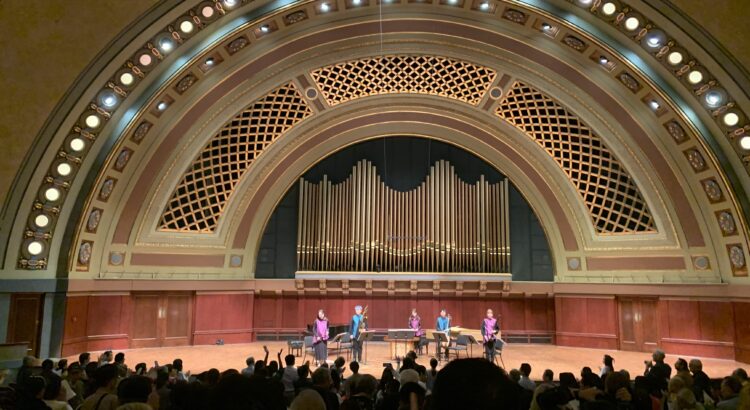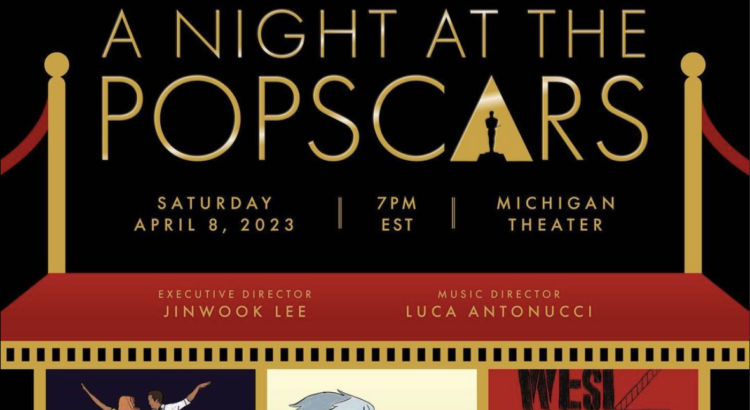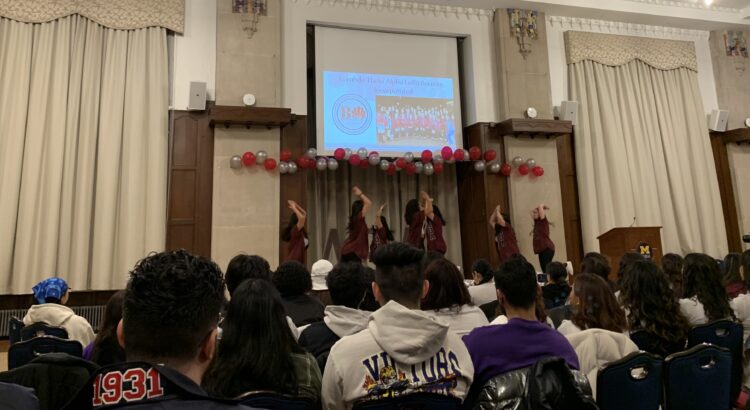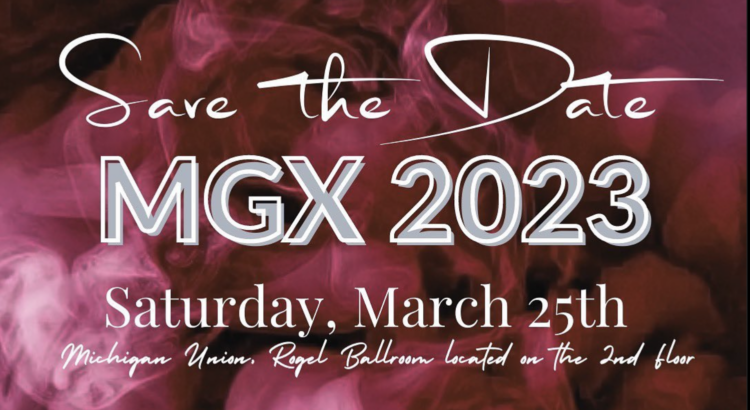At 8:06 PM on Friday, October 27th, the Imperial Zeta Chapter of the Sigma Lambda Beta International Fraternity, Inc. hosted their 7th Annual Multicultural Yardshow in the Diag featuring eight multicultural Greek organizations:
Lambda Theta Alpha Latin Sorority, Inc.
Lambda Theta Phi Latin Fraternity, Inc.
Delta Tau Lambda Sorority, Inc.
Phi Iota Alpha Fraternity, Inc.
Kappa Phi Lambda Sorority, Inc.
Chi Upsilon Sigma National Latin Sorority, Inc.
Sigma Lambda Gamma National Sorority, Inc.
Sigma Lambda Beta International Fraternity, Inc.
I was super excited to see this year’s performance because I attended last year’s Yardshow as well. Similar to the 6th Annual Multicultural Yardshow, the crowd was enthusiastically supportive of each group and that’s what truly separates the Yardshow from other showcases. Because this event places a strong emphasis on expressing and having pride in one’s background and culture, there was a diverse selection of music. I was unfamiliar with most of the songs but that didn’t take away any of the enjoyment; I appreciated getting to explore new genres of music and sharing the experience with others. What brought the various communities together and incited the most cheers was when the groups incorporated elements of a stroll into their choreographies.
Strolling is a dance form that was created by the National Pan-Hellenic Council (NPHC), also known as the Divine 9 (the nine historically Black fraternities and sororities who are a part of the NPHC). The Multicultural Greek organizations also practice strolls as a way to pay homage to the NPHC who paved the way for ethnic minorities to start their own Greek organizations. Movements in a stroll are meant to represent the Greek letters in their fraternity or sorority’s name; for example, sharp diagonal arms may represent the Greek letter kappa. It’s often hard to pick up on what dance moves count as part of a stroll as well as what Greek letter they signify, but one way to tell is if the audience suddenly goes wild. A key part of a stroll that’s easy to identify is when the performers start to dance synchronously in a line and circle the stage. This part is heavily influenced by African-American culture and African roots to show power and unity against racism.
Some of the organizations practice salutes instead of strolls. Similarly, salutes are performed in a line but instead of dancing, they chant together. It’s a powerful form to watch since they synchronize their speech in a fierce yet poetic manner, expressing the history and passion they have for their sisters or brothers through not only words but strong movements. Being in sync is extremely important since the members are very close to each other, making it much more obvious to tell if someone is out of rhythm. Each group nailed it and I was super impressed by how much hard work they must have put in to accomplish that.
Overall it was a great event featuring groups, music, and forms of art I couldn’t see anywhere else.







